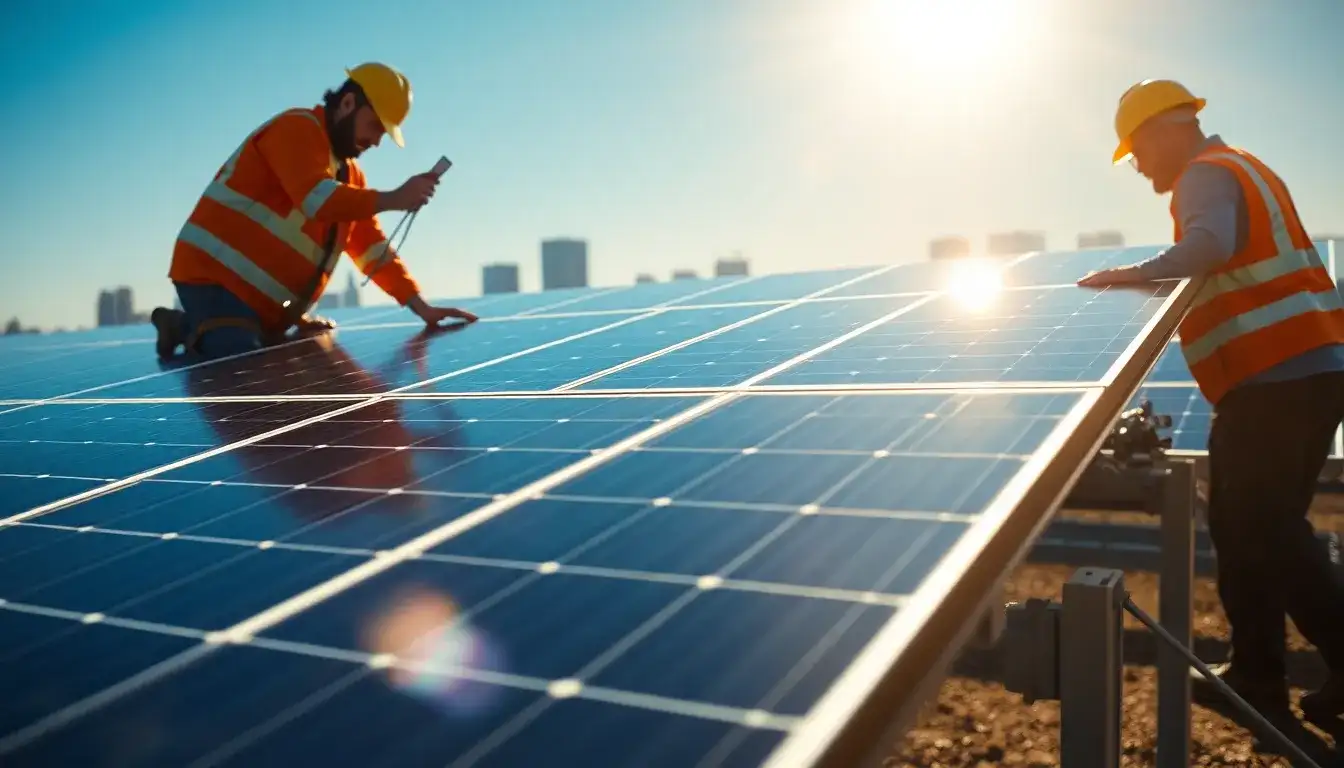
The photovoltaic industry chain is experiencing a price rebound, with institutions predicting a peak in the second quarter.
Recently, there has been a flurry of news in the photovoltaic sector. Starting in March, prices for silicon wafers have increased due to rising distributed demand, while industry inventory remains low. In the battery segment, the share of G12R module production has risen, leading to a consecutive five-week increase in prices. Additionally, photovoltaic glass prices have continued to rise, driven by increased component operating rates, with March seeing a notable decrease in inventory days compared to the previous month.
Data from Shanghai Metals Market (SMM) indicates that the prices of three types of distributed TOPCon modules—182, 210, and 210R—have reached recent highs, ranging from 0.757 yuan to 0.767 yuan per watt. The general consensus in the industry is that the price increases in the photovoltaic chain are related to a “rush to install.”
At the end of January and beginning of February, relevant departments announced regulations regarding photovoltaic power generation and renewable energy pricing. Projects for distributed photovoltaic systems that connect to the grid before April 30 can enjoy a full feed-in tariff with higher subsidy rates. In contrast, projects that connect after this date will have to opt for self-consumption or partial grid connection, losing the ability to sell all generated electricity. Starting May 31, all newly commissioned distributed photovoltaic projects will have their electricity enter the power market for trading, establishing a “sustainable development pricing settlement mechanism for renewable energy” that stabilizes revenue expectations without enjoying national subsidies.
In a bid to capitalize on the existing policy benefits, companies are rushing to install systems before these deadlines, significantly boosting the demand for photovoltaic products. According to a recent survey by TrendForce, China’s policy incentives are stimulating overall demand for the photovoltaic industry, causing a tense supply situation for modules. Demand is expected to peak in March and April, likely driving up prices in the second quarter, particularly for distributed photovoltaic projects, which are predicted to reach their installation peak during this period.
Since March, as prices for photovoltaic products have rebounded, industry attention has increased. More than ten companies in the A-share market have undergone institutional research, with many reporting positive signals during these activities. Among the top ten global photovoltaic module manufacturers, Hongdian Dongci has received inquiries from 125 institutions since March. The company indicated that demand and operating rates are improving, and while raw material price increases have been reflected, the rise in module prices has not been fully passed on, with expectations of some recovery in the second quarter.
Junda Co., Ltd. has also been researched by 35 institutions this month, forecasting continued growth in photovoltaic industry demand through 2025. Specifically, in the battery segment, after more than a year of market-driven capacity reduction and technological upgrades, the supply-demand situation in the domestic battery sector has significantly improved compared to 2024, with high-efficiency batteries facing occasional supply tightness, aiding leading battery technology companies in recovering profitability and achieving performance growth.
According to data compiled by Securities Times, 102 companies in the photovoltaic industry chain have seen an average stock price increase of 2.71% this year, slightly outperforming the broader market. Hevwang Electric has seen a remarkable price increase of 57.52% this year, leading the pack. The company’s primary products include wind power generation products, photovoltaic generation products, and industrial drive products. Companies like Kehua Data, Delixin, and Jinbo Co., Ltd. have also experienced significant stock price increases, each exceeding 30% this year.
Due to the anticipated bottoming out of photovoltaic modules in the second half of 2024, many companies have seen their stock prices and performance affected by industry trends. Notably, over ten companies, including Jingang Photovoltaics and Oujing Technology, have experienced stock price declines exceeding 50% from their high points in 2024. In terms of performance, nine companies are expected to deliver outstanding results in 2024. Deye shares have seen an 11.12% retracement from their 2024 highs, with an estimated net profit of 2.9 billion to 3.1 billion yuan, representing a year-on-year growth of 61.92% to 73.09%.
Laplacian has experienced the highest stock price retracement, down 54.96% from its peak in 2024. The company is a leading provider of core process equipment and solutions for efficient photovoltaic cells, reporting a total operating revenue of 5.738 billion yuan in 2024, up 93.44% year-on-year, with a net profit attributable to the parent company of 739 million yuan, a year-on-year increase of 79.89%.







